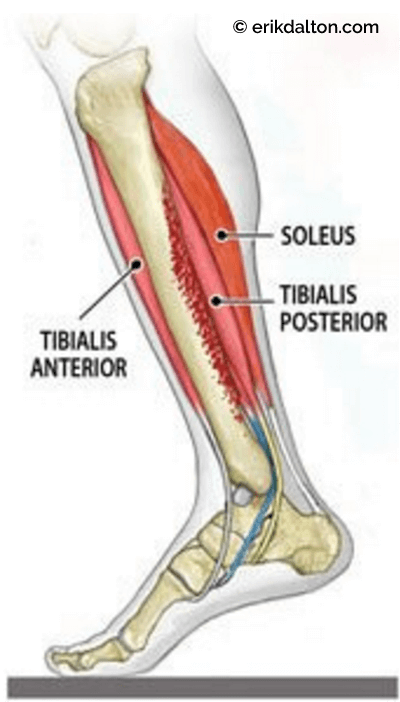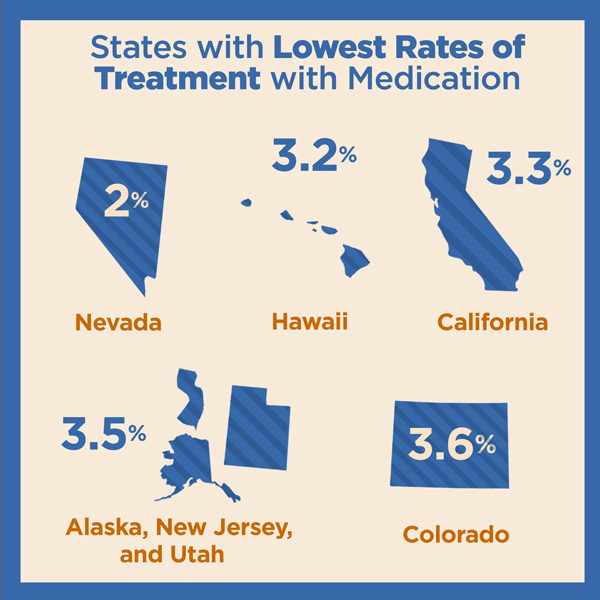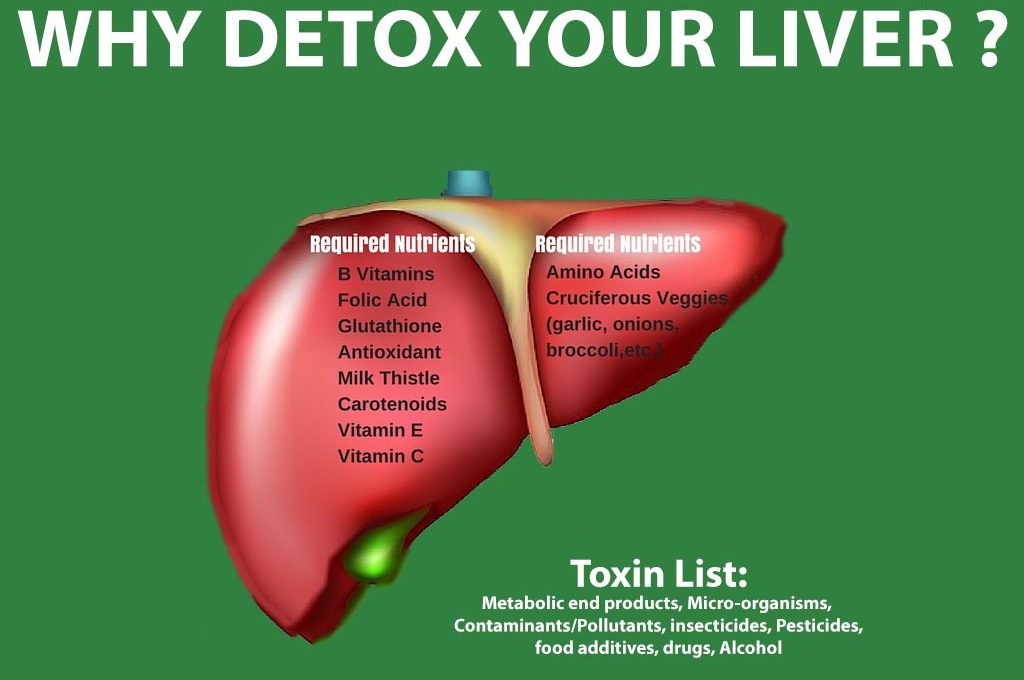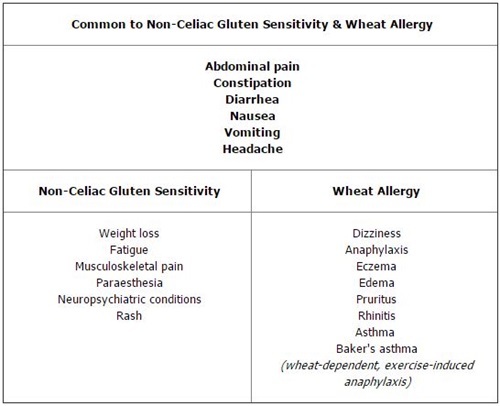Natural Treatments That Relieve CFS
Chronic fatigue syndrome (also known as CFS) is actually a very long term condition with a wide variety of symptoms
The most apparent symptom is extreme fatigue. CFS is also referred to as ME, which means magic encephalomyelopathy. Some people even refer to it as CFS.
As a general rule, CFS does not occur by itself, but if left untreated, may lead to other serious diseases such as depression, anxiety, and suicidal thoughts. It is very important to seek medical attention immediately if you suspect that you may be suffering from chronic fatigue. The more that you know about CFS, the better prepared you will be to seek help.
Symptoms can include the following: restlessness, inability to concentrate, irritability, muscle pain, and difficulty sleeping at night. CFS can also cause loss of appetite, weight loss, depression, loss of sexual desire, and even insomnia. Some patients who have CFS feel that they are being "used" by "mindless machines."
There are several treatments available, including prescribed medication, alternative remedies, and alternative therapies such as massage and acupuncture. The problem is, everyone is different and the effects of each treatment may vary. In some cases, doctors may not prescribe any medications because there is no known cause for CFS.
While many believe that the best way to treat a disease is to try to avoid it in the first place, you may find that treating your CFS naturally can actually prevent more symptoms from arising. For example, if you are experiencing headaches, you may find that taking vitamins before you go to sleep can make the headache go away. Many people have reported relief from back pain after using a combination of heat therapy and massage to relieve pressure on the lower back.
One of the best methods for dealing with chronic fatigue syndrome is the use of alternative therapies. These therapies often include homeopathic remedies, acupuncture, hypnotherapy, and massage. These natural methods work to balance your body and relieve stress.
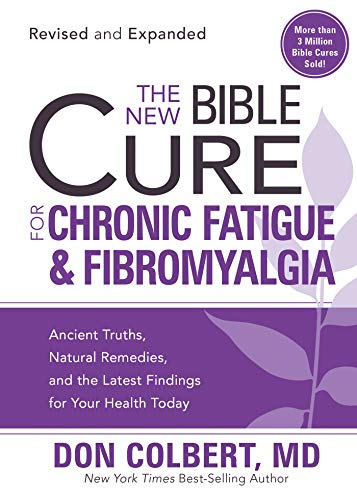
Homeopathic remedies are very effective treatments because they are completely natural
You do not need to use chemicals or drugs to treat them. They do not have side effects. Although these remedies cost more than other treatments, the results are usually worth it.
It is difficult to pinpoint the causes of CFS, but doctors believe it has a lot to do with stress. There are some theories that suggest it is a neurological problem. If you suffer from this syndrome, you may find that certain foods can make it worse. For example, those who are stressed out, have depression, or feel too much worry and tension can cause CFS. This may explain why some sufferers develop depression when they suffer from CFS.
When a person is exposed to too much stress, the immune system becomes compromised. When the immune system is compromised, it becomes unable to fight off infections and the body's normal defenses may become down. There is also a possibility that the immune system may become too sensitive.
Many treatments are aimed at balancing the immune system. If you have CFS, you may find that a combination of treatments that help improve your body's ability to fight infection can help relieve your symptoms. CFS. The immune system must be properly balanced for your body's natural defenses to function properly.
Certain natural health supplements may also be helpful. These supplements help strengthen your immune system and can boost your body's ability to fight infections. An antioxidant supplement is a good example, which can help strengthen your immune system while helping your body reduce inflammation. Inflammation has been shown to play a large role in chronic fatigue syndrome.
Natural health supplements at http://ihealzy.com/ can provide all the benefits of conventional medicine, but you may need to work with your doctor to determine which type of treatment is best for your particular case. Many natural health supplements are available over the counter.
